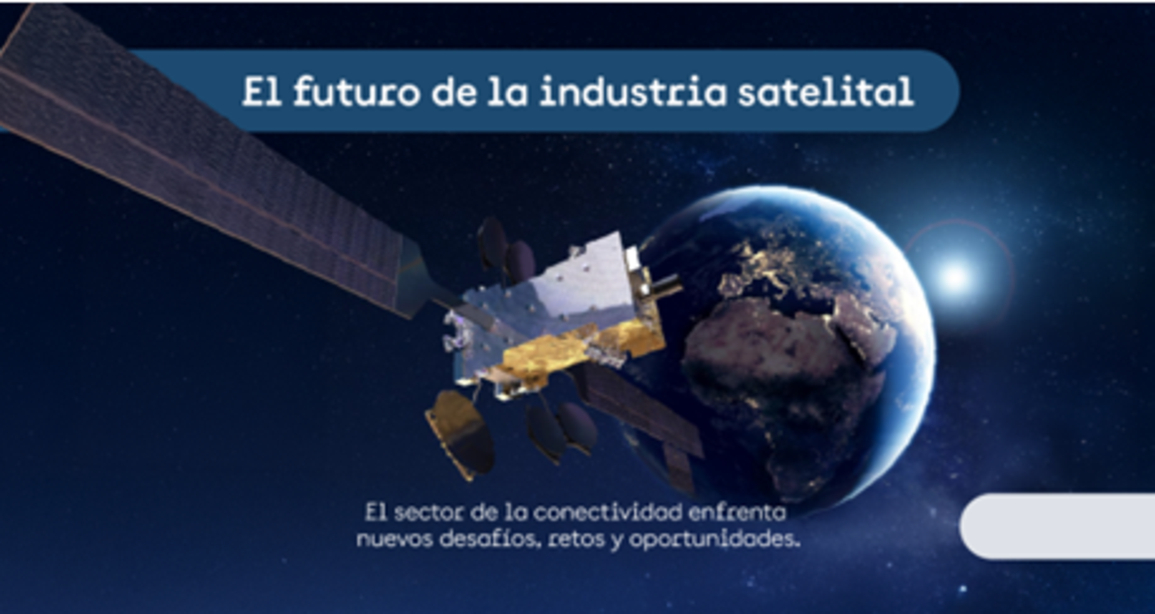
|
03 abril 2025
Due to the nature of their operation, derived from their global coverage, satellite services transcend national borders. This means that satellites can deliver space capacity and satellite services to a large number of different countries. For satellite operators, this means they need to adapt to many different regulations, which are those issued by each country at the national level.
The more regulatory obligations a regulation imposes, the more difficult it will be for satellite operators to enter the market. Generally speaking, we can say that regulations that create simplified and transparent authorization procedures (with reduced regulatory burdens) will facilitate the deployment of satellite services, providing legal certainty. Conversely, strict regulations can become a barrier to entry for these services.
One way to facilitate the deployment of satellite services is to adopt an open skies policy. This approach allows for the provision of space capacity within the national territory without the need for a license or authorization, placing the obligation to obtain enabling titles on service providers, who use the space capacity they lease from space segment providers to provide services to end-users.
This approach allows national service providers to deploy satellite services using the satellite operator of their choice, thus fostering competition and reducing prices for the benefit of users.
An alternative, low-regulatory regime would be to establish a registry in which a simple registration with the basic technical details of the satellites and proof of compliance with the international standards established by the International Telecommunication Union (ITU) would be sufficient to authorize the operator to provide a space segment in the country.
On the other hand, an important aspect of the provisions established by regulatory frameworks is the duration and renewal of operating licenses, since long-term visibility encourages investment and stability in the sector. Thus, for example, a policy in which the license duration is equal to the useful life of the satellite system and also offers the possibility of renewal encourages technological development and the improvement of services by encouraging investment.
Satellites have the capacity to bring essential services to citizens regardless of location, terrain conditions, or population density. Applications as important as distance learning or telemedicine, Internet connectivity, or access to government and financial services are just a few examples of what satellite technology can provide, even in remote and hard-to-reach areas. Therefore, facilitating satellite deployment by lightening the regulatory burden helps, for example, address the digital divide through broadband satellite service, which can bring connectivity to 100% of the population almost immediately, as a simple antenna and modem are enough to bring Internet access to any geographic location, without the need for costly civil works to deploy the network.
This makes satellites a valuable tool for inclusion and development.

11 marzo 2025
A satellite dish or parabolic antenna is a device primarily responsible for receiving or transmitting high-frequency electromagnetic waves from Earth to satellites orbiting in space, and adapting these frequencies so they can be distributed over coaxial cable networks.

04 abril 2025
Satellite 2025, the industry's premier annual event, took place in Washington, DC, from March 10th to 13th. This event demonstrated that the satellite and space sector continues to evolve, driven by technological advances, political changes, and a growing global interest in space. During these days, the sector gathered to discuss, among other things, major trends in the sector, from the continued significant growth in low-orbit activity to the development of new disruptive technologies, such as quantum communications. Today, we'll share the key highlights of this event: